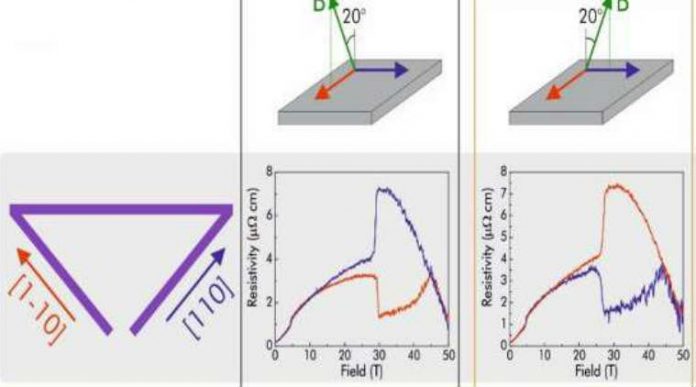Scientists have found a potential new state of matter that may help explain phenomena like superconductivity.
Researchers from the Los Alamos National Laboratory in the U.S. showed that among superconducting materials in high magnetic fields, the phenomenon of electronic symmetry breaking is common.
- Superconductivity is extensively used in magnetic resonance imaging (MRI), particle accelerators, magnetic fusion devices, and microwave filters. The ability to find similarities and differences among classes of materials with phenomena such as this helps establish the essential ingredients that cause novel functionalities such as superconductivity.
- The appearance of the electronic alignment, called nematic behaviour, in a prototypical heavy-fermion superconductor highlights the interrelation of nematicity and unconventional superconductivity, suggesting nematicity to be common among correlated superconducting materials
What is super conductivity?
Superconductivity is a phenomenon of exactly zero electrical resistance and expulsion of magnetic flux fields occurring in certain materials, called superconductors, when cooled below a characteristic critical temperature.
- The high-magnetic-field state of the heavy fermions superconductor “CeRhIn5 “revealed a state in which the material’s electrons aligned in such a way to apparently reduce the symmetry of the original crystal.
- Heavy fermions materials are a specific type of intermetallic compound, containing rare earth or actinide element. Heavy fermions behaviour has been found in a broad variety of states including metallic, superconducting, insulating and magnetic states.
Heavy fermion superconductors
These are a type of unconventional superconductor. The first heavy fermion superconductor, CeCu2Si2, was discovered by Frank Steglich in 1978.
There are nearly 30 heavy fermion superconductors were found (in materials based on Ce, U), with a critical temperature up to 2.3 K (in CeCoIn5).





